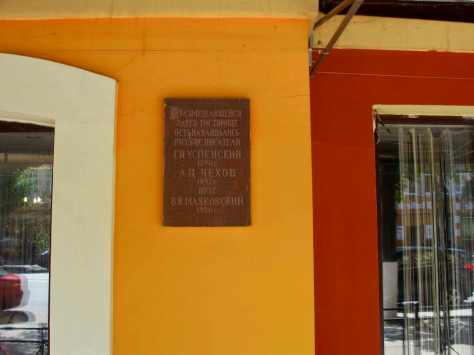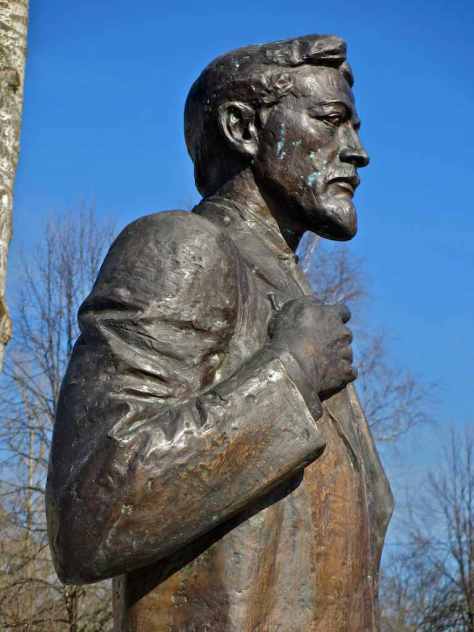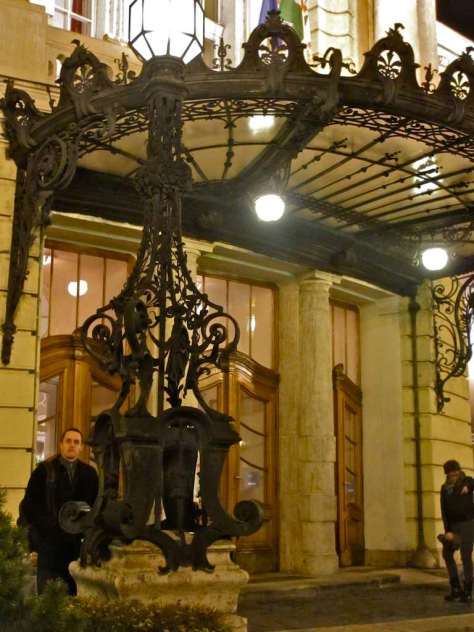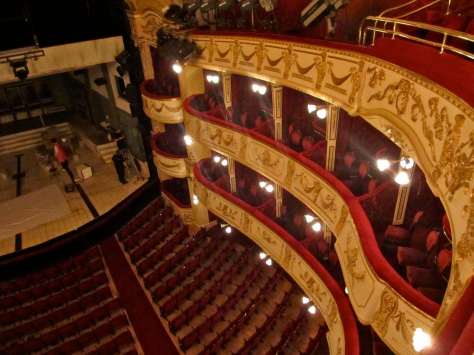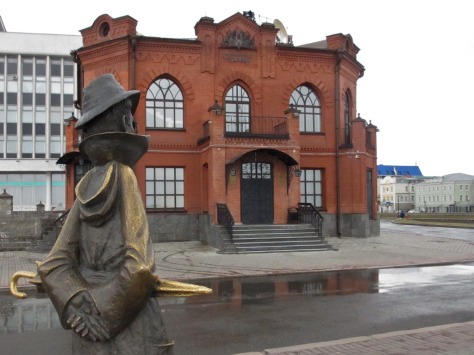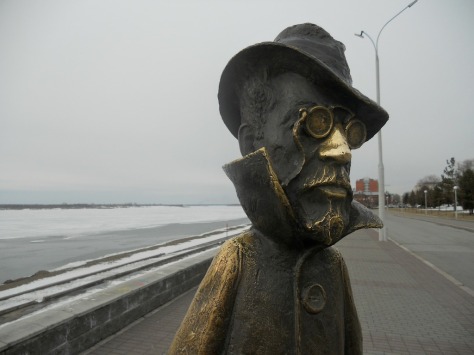Click on photos to enlarge.
Alexei Suvorin (1834-1912) is one of those people that casual lovers of Russian culture may not know, but anyone up to their neck knows quite well. I think it is safe to say that Suvorin is best remembered as Anton Chekhov’s publisher and friend. That’s no small thing already. He would probably next be known as a major publisher – of books and periodicals. He turned the New Era newspaper into a thriving, popular publication. Not everyone appreciated him for that. Even though he began as a relatively liberal, democratically-minded individual, he increasingly was seen as a conservative whose views did not represent progressive thought. Vladimir Korolenko said that Suvorin formed one of the “sad pages in the dramatic history of Russian journalism.”
It is worth pointing out that the relationship between Suvorin and Chekhov, strong as it was at times, was often put under great strain by the two men’s divergent political views. They corresponded often over a 17-year period. We only have access to Chekhov’s 337 letters because Suvorin removed all of his letters from Chekhov’s archive after the great playwright’s death. Whether or not Suvorin destroyed these letters I do not know, although we are told that none of them, aside from a stray postcard or so, have surfaced in the ensuing 110 years. The Chekhov>Suvorin letters are available online on a bibliographical site.
At the remove of over 100 years, I have the luxury of not choosing sides on this one. I’m primarily interested in looking for a moment at a man who made huge contributions to his country and left a legacy that still is felt today.
Suvorin had a hand in all kinds of different activities, which the Chronos.ru historical website does a very good job of describing. Let me draw directly from it:
“Suvorin studied at the Voronezh Cadet Corps, then in special classes of the Regiment of the Nobility, but, having rejected a military career, he took a job as a teacher outside of the city, later teaching history and geography in Voronezh. He began to publish his writings in provincial publications in 1858. In 1861 he moved to Moscow where he became close to writers of a democratic bent, including Nikolai Chernyshevsky and Leo Tolstoy. He earned respect and recognition as one of the best theater critics. He wrote popular books on history, and biographies of great people. At the end of 1862 he moved to St. Petersburg. A talented journalist with good business acumen, Suvorin in 1876 became the owner of the New Era newspaper, which he made popular by skillfully combining the interests of the general public with the interests of court circles. New Era became a household name denoting nationalist agitation in favor of pogroms. … Suvorin was known as a passionate theater-goer and, in 1895 he founded his own theater in St. Petersburg. He was an interesting conversationalist, and a friend of Anton Chekhov, Fyodor Dostoevsky and others, He was a sharp observer (who left behind an interesting diary), and a major book publisher, who published numerous book series (The Cheap Library Russian and foreign classics, the All Petersburg, All Moscow, All Russia and Russian Calendar reference books, works on the history of Russia, and others). He amassed a large fortune.”



Suvorin wrote several plays, none of which – to my knowledge – are of particular interest today. They included Tatyana Repina (1899, to which Chekhov famously wrote a brief “sequel” using the same title), Medea (1883, co-authored with Viktor Burenin), Tsar Dmitry the Imposter and Ksenia the Tsarevna (1902), Stock Market Frenzy, Not a Thief if not Captured, He in Retirement, The Honest Word, Women and Men (1887), and others. He wrote a novel The End of an Era. Love (1893), which, in 1903, he adapted as a play, The Question, with the help of Chekhov. He was also the author of several books of prose: Drama Competition (1860), All Kinds (1866), Essays and Pictures (1875), and the posthumously published Stories (1913). He began publishing in 1872 and, over his life, put out over 1600 books. He was also the owner of a network of bookstores around the country, which gave him the ability to distribute his books easily and quickly.
Suvorov was born in the village of Korshev in the Voronezh region. He studied in Voronezh and worked there for some time before leaving for the big cities of Moscow and St. Petersburg. The plaque on this building at 30 Revolution Prospect in Voronezh informs us that Suvorin lived here in 1855. Over the years one suspects he would have had many addresses in town, especially if you count places he stayed when returning to Voronezh, which he apparently did regularly. I wrote a bit here on this site about a trip Chekhov made to Voronezh in 1892 with Suvorin. At that time they both stayed at the Central Hotel, just a few blocks down the road from this building.
I am making the small leap of assuming that Suvorin lived in the building pictured here temporarily because he taught history and geography at the college in the town of Bobrov from 1854 to 1858 or thereabouts. Unless he lived here and traveled to Bobrov for his lectures, that would indicate that his time in this stately, columned building was a short-term affair.
The plaque on this building, which has connections to other famous people and events about which I will write another time, was unveiled in 2003.











